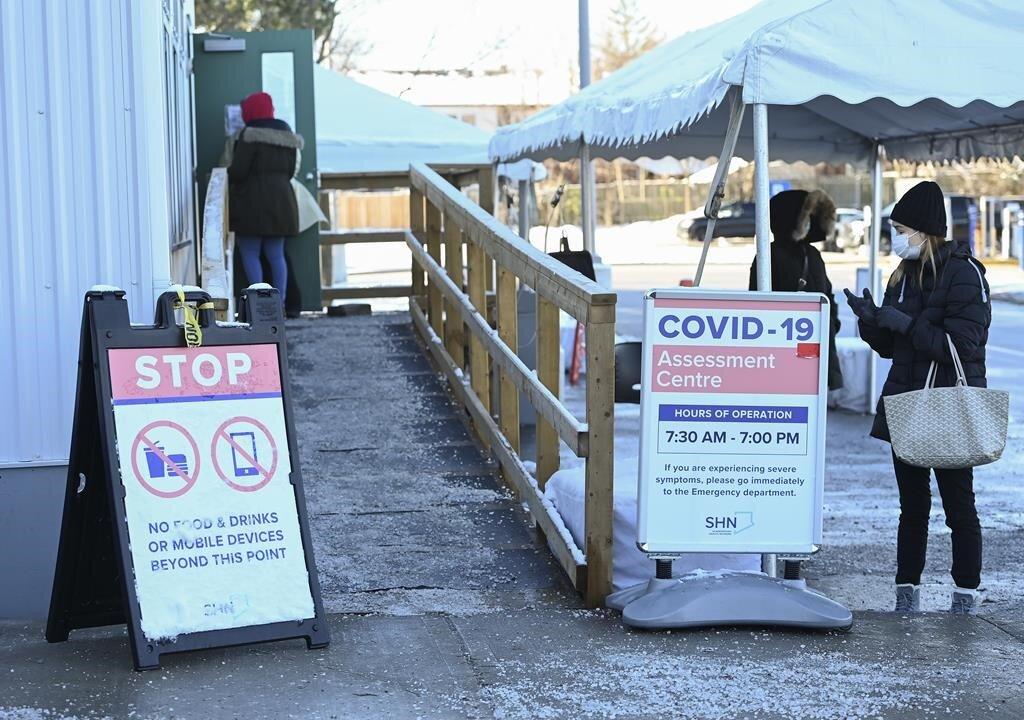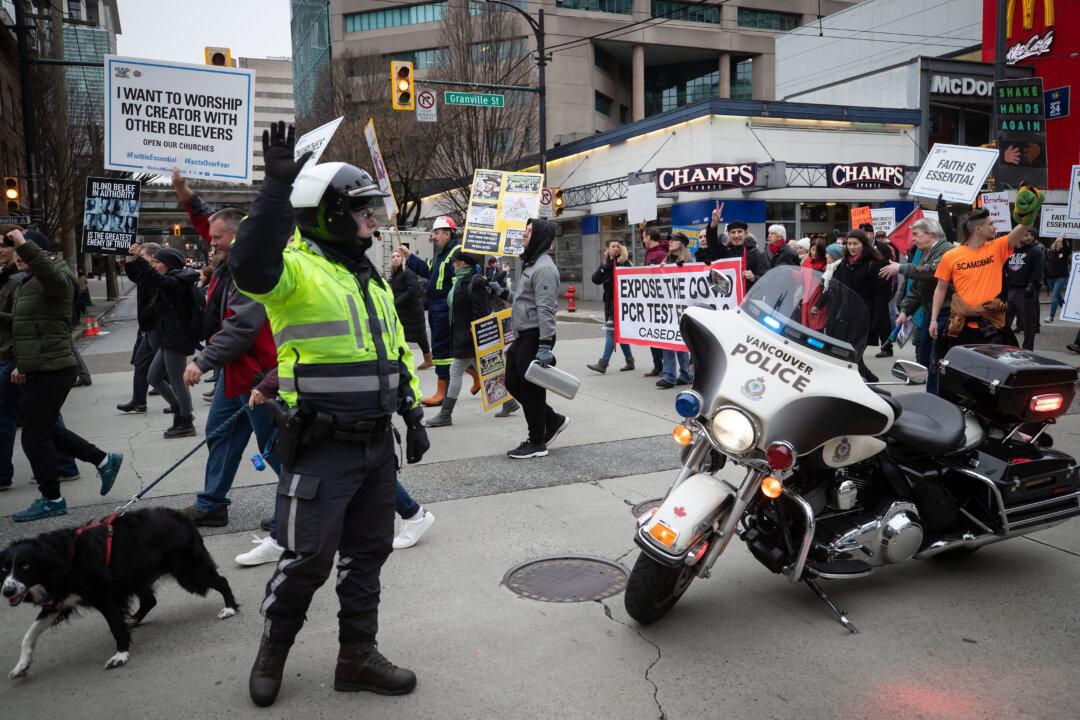The federal government laid out preliminary details for Canada’s COVID-19 vaccine rollout Thursday, saying logistics and infrastructure will be put in place this month in preparation for the first doses to likely be available in January.
The government expects several vaccines will be approved early next year but supply will initially be limited to about three million people. Dr. Howard Njoo, Canada’s deputy chief public health officer, said Thursday that priority will be given to groups that will most benefit from an earlier vaccine, while reducing the spread of the virus.






